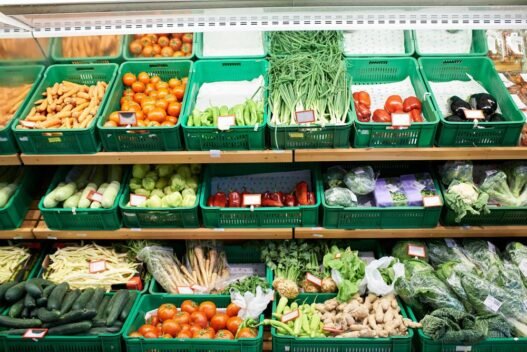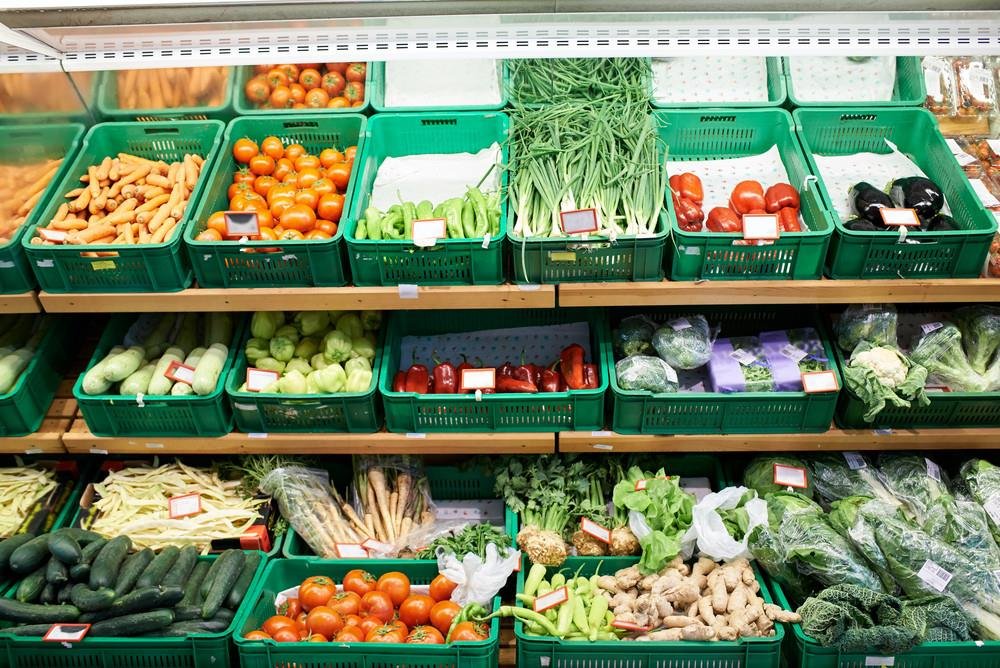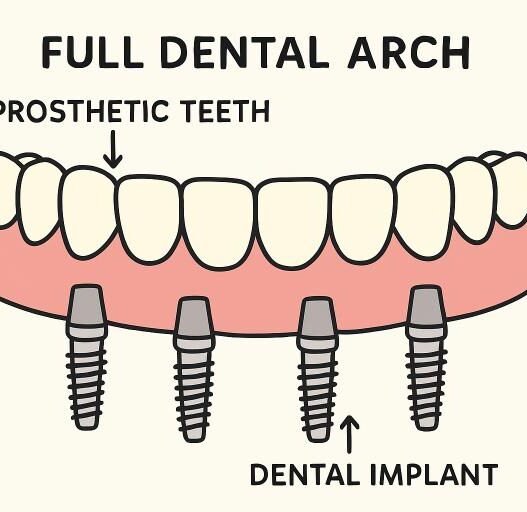Convenience often takes precedence over awareness—especially when it comes to food. Supermarket shelves are filled with brightly packaged products, promising flavor, nutrition, and satisfaction. But how often do we stop to truly consider what’s on our plate? The truth is, many of us are blindly consuming foods without understanding where they come from, how they’re produced, or what they may be doing to our bodies. This disconnect poses serious consequences—not just for personal health, but for the environment and society at large.
The Hidden Battle in Food Production
Modern food production is far more complex than it appears. Behind every neatly stacked vegetable or processed snack lies a battleground of chemicals, pests, and industrial-scale farming tactics. Few realize that food crops must compete with 30,000 species of weeds, 3,000 species of nematodes, and 10,000 species of plant-eating insects. To combat these threats, producers rely heavily on pesticides, herbicides, and synthetic fertilizers. While these substances may boost yield, they often leave chemical residues on the food we eat.
These residues can have long-term effects on human health, particularly when consumed regularly over time. Studies have linked prolonged exposure to certain agricultural chemicals with hormonal disruptions, neurological issues, and even cancer. Yet these ingredients, often unlisted or buried in jargon on labels, go unnoticed. It’s clear that health isn’t just about eating more fruits and vegetables—it’s also about knowing how those fruits and vegetables are grown.
Unseen Contaminants in Our Bodies
Even when our food looks safe, it may carry hidden dangers. According to the Harvard School of Public Health, 98% of Americans have PFAS in their blood—a group of toxic chemicals used in everything from food packaging to non-stick cookware. These “forever chemicals” accumulate in the body over time and have been proven to cause cancer, thyroid issues, reproductive harm, and other injuries.
The presence of PFAS in our bloodstream isn’t just a reflection of what we’re eating—it’s a symptom of systemic negligence. Many industrial and agricultural practices prioritize shelf life and profitability over safety, exposing consumers to substances that linger in the environment and our bodies for decades. Despite growing evidence of their harm, PFAS and other harmful chemicals are still permitted in many products. If we truly care about our health, we must start demanding more transparency in the food system and greater accountability from manufacturers.
Contamination Beyond the Kitchen
Our concern with food safety doesn’t stop with ingredients or chemicals. The very systems that produce, store, and transport food can also be sources of danger. One chilling example is the spread of bacteria and waterborne illnesses through contaminated environments. 1 out of 10 people who get Legionnaires’ disease will die from the infection, which is often linked to poorly maintained water systems, including those used in food production or preparation facilities.
This raises a broader question: how much do we know about the environments in which our food is processed or handled? The truth is, even the cleanest-looking meal can be prepared in unsanitary or poorly regulated conditions. While federal guidelines exist, enforcement is inconsistent, and oversight can be minimal, especially in large-scale operations. Again, the health implications are significant—and often hidden until it’s too late.
The Cost of Not Knowing
Choosing ignorance may be easy, but it is not harmless. Blind consumption places our long-term health at risk and supports a system that often puts profits above people. From toxic chemicals to unsanitary food environments, the modern food industry is riddled with practices that demand our attention and scrutiny.
Awareness is the first step toward change. Reading labels, researching brands, supporting local and organic producers, and asking where our food comes from are all powerful actions. These choices can help protect not only our health but also the health of our communities and the planet.
Conclusion
Food should nourish, not harm. But without asking questions—without lifting the veil on how it’s made—we risk putting ourselves and others in danger. Health isn’t just about calories, carbs, or vitamins; it’s about the integrity of every step in the food chain. In an era of blind consumption, knowledge is the most powerful ingredient we can bring to the table. Let’s choose to see what’s really on our plates—and demand better.













